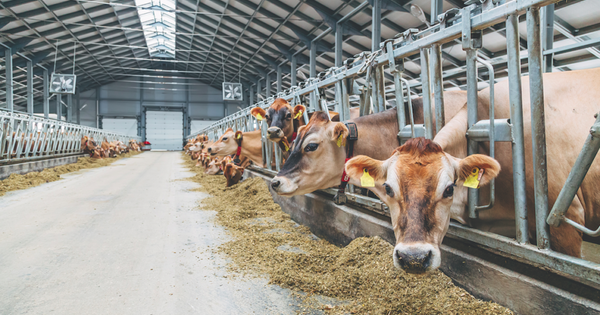Eradicating hunger by 2030 is a lofty objective reflected in the United Nations’ Sustainable Development objective 2 (SDG 2), which seeks to eliminate hunger, ensure food security and nutrition, and promote sustainable agriculture. However, various obstacles make it difficult to attain this goal within the timeframe specified.
World hunger is increasing at an alarming rate, with ongoing conflicts, climate change, and COVID-19 worsening the problem. In 2022, the World Food Programme assisted a record 158 million people. On this trajectory, the United Nations’ objective of eradicating hunger by 2030 becomes increasingly unrealistic. A new study at McGill University sheds light on an important piece of the puzzle: international food assistance.
There are two major regimes governing global food assistance: the commerce system and the food security regime. I encourage both regimes to make a stronger commitment to implementing a human-rights-based approach in order to challenge the dominant discourse on food trade regimes, which portrays food assistance as a trade distortion that should be minimized.
Clarisse Delaville
With no global treaty in place, food aid is governed by a patchwork of international accords and agencies. Using the concept of a “regime complex,” research published in the Journal of International Trade Law and Policy investigates the norms and procedures that govern them. Instead of creating a new entity to handle the problem, the findings suggest a paradigm shift in existing systems. The author, Clarisse Delaville, a second-year PhD student at McGill’s Faculty of Law, believes that rethinking the current rhetoric among institutions is critical to working toward zero hunger.
Over the last few decades, substantial progress has been made in the fight against hunger and malnutrition. For instance, the proportion of undernourished people worldwide has decreased, and many countries have made substantial progress in improving food security and nutrition.
Advances in agricultural technology, such as improved crop varieties, better irrigation techniques, and innovations in food distribution, have the potential to significantly boost food production and accessibility.

“There are two major regimes governing global food assistance: the commerce system and the food security regime. I encourage both regimes to make a stronger commitment to implementing a human-rights-based approach in order to challenge the dominant discourse on food trade regimes, which portrays food assistance as a trade distortion that should be minimized,” adds Delaville.
While eliminating hunger by 2030 is a difficult goal, it is not impossible to achieve if worldwide efforts are coordinated. Significant progress can be made by coordinating initiatives to address the various causes of hunger, harnessing technology advancements, and encouraging sustainable and equitable behaviors. However, the intricacy and interconnectedness of the difficulties necessitate ongoing commitment and collaboration at the local, national, and international levels.
















